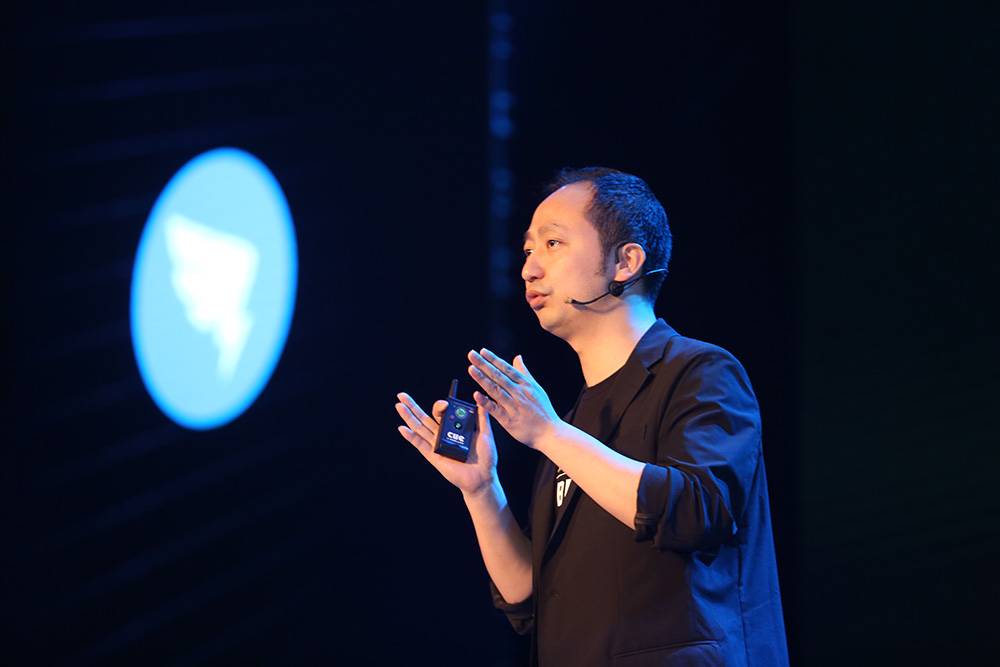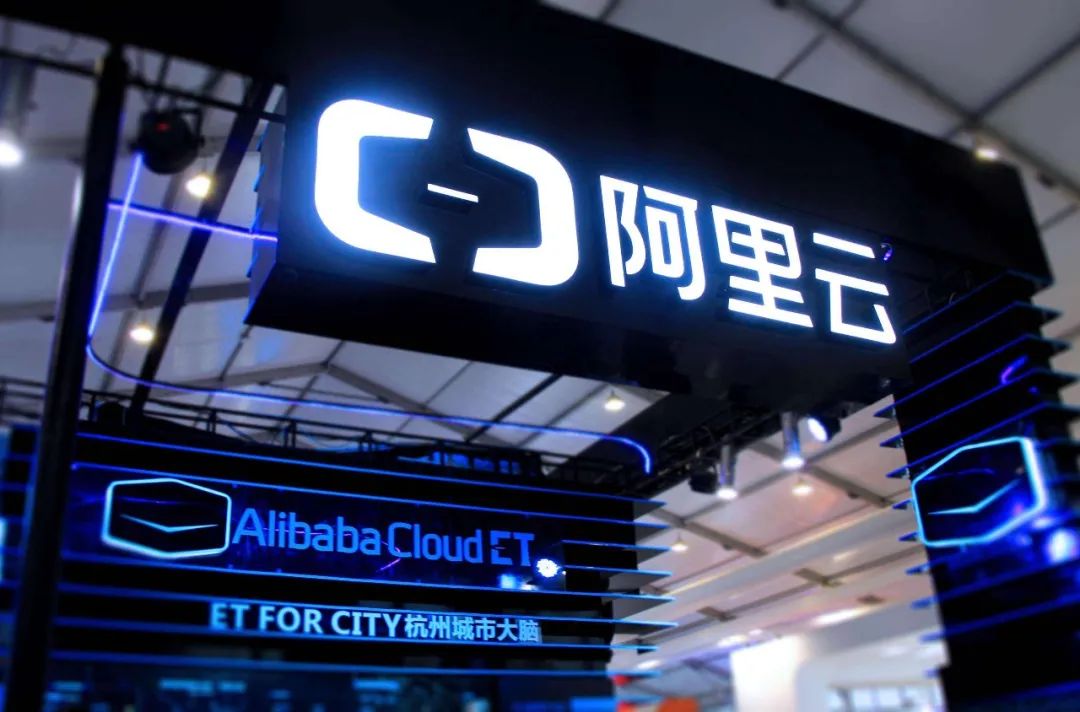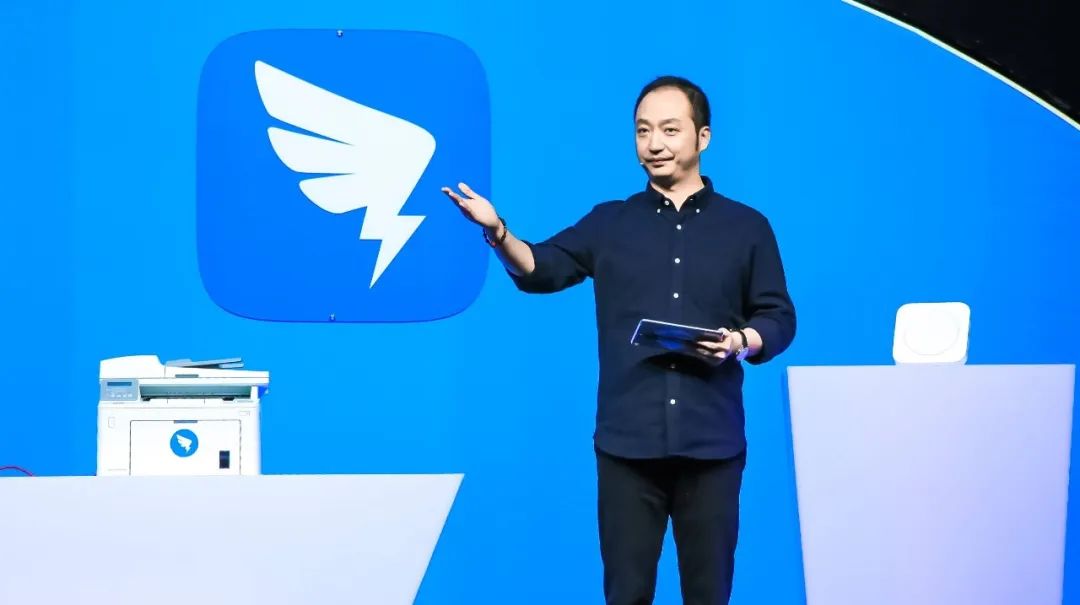Wu Zhao returns to DingTalk, Alibaba's correction of its 'strategic correction'
![]() 04/03 2025
04/03 2025
![]() 454
454

On the evening of March 31, 2025, according to 36Kr, Alibaba plans to acquire the investor shares of the company Two Hydrogen and One Oxygen founded by Chen Hang (alias: Wu Zhao), the original founder of DingTalk. Wu Zhao will succeed as CEO of DingTalk and officially return to Alibaba, while the original CEO Ye Jun will be transferred back to the group for 'other appointments'.
The official reason for this personnel change is to 'accelerate the strategic upgrade of AI'. However, when combined with DingTalk's strategic trajectory over the past five years, terminating the spin-off of cloud business, allowing DingTalk to operate independently, and recalling Wu Zhao, The New Position believes that this is not only Alibaba's covert correction of the 'Cloud-DingTalk integration' era but also its recalibration of To B business logic amidst the AI wave.
Of course, Wu Zhao's return is laden with multiple metaphors. As the creator of DingTalk, he built this national-level application from scratch in 2015 with a geek spirit focused on 'inclusive benefits for small and medium-sized enterprises'. In 2021, he chose to leave due to conflicts between the 'Cloud-DingTalk integration' strategy and the group's direction.
Now, Alibaba is recalling this 'rebel' by acquiring the investor shares of his startup 'Two Hydrogen and One Oxygen'. This is tantamount to acknowledging the cost of strategic trial and error from that year: After DingTalk was merged into Alibaba Cloud, despite surpassing 700 million users and generating over US$200 million in annual revenue (according to Q4 2024 financial report), it faced issues such as declining ecological openness and complaints from ISVs (Independent Software Vendors) that the 'platform has become a channel distributor', revealing a mismatch between the focus on large customers and the inclusive genes.
The advancement and retreat of professional managers often become the most obscure footnotes to the strategic shifts of giants. Ye Jun's transfer undoubtedly draws a phased conclusion to this strategic split.
Wu Zhao's 'productism' and Ye Jun's 'operational thinking' essentially represent two paths for To B businesses – the former believes in the value of tools, while the latter pursues ecological binding.
In the current context where AI technology is reconstructing the logic of enterprise services, Alibaba's choice to return to its 'product-first' roots is, to some extent, a reaffirmation of its values of 'customer first'. The ultimate proposition of this return may not lie in whether Wu Zhao can make DingTalk 'great again' but in learning to coexist with innovators amidst strategic swings.
01. The rise and fall of DingTalk amidst Alibaba's strategic swings
In 2015, Wu Zhao led a team of fewer than 10 people to incubate DingTalk in Hupan Garden using a 'co-creation' model. His original intention was straightforward and sharp – to solve the management pain points of small and medium-sized enterprises with minimalist tools. This 'productist' gene allowed DingTalk to surpass 100 million users within three years, even forcing WeChat to launch an enterprise version in response. However, the 'Cloud-DingTalk integration' strategy in 2020 forcibly tied this To B rising star to the Alibaba Cloud war chariot.
Zhang Jianfeng (Xingdian), then President of Alibaba Cloud Intelligence, once declared, 'DingTalk is the entry point for Alibaba Cloud to enterprise services.' Since then, DingTalk's mission shifted from 'serving small and medium-sized enterprises' to 'diverting large customers to Alibaba Cloud.' This abrupt strategic turn quickly triggered chemical reactions. Wu Zhao's adherence to a standardized product route was incompatible with Alibaba Cloud's customized needs for large customers.
DingTalk was required to deeply integrate Alibaba Cloud's proprietary cloud architecture, leading to a sharp increase in product complexity. Small and medium-sized enterprise users complained about 'redundant functions and declining experience.' This rift peaked in 2021, when DingTalk surpassed 400 million users but its reputation score fell to the lowest point among office apps on the App Store (2.7 stars). Wu Zhao ultimately chose to resign.
When a tool-based product is forcibly included in the grand narrative of ecological operation, its independent value often becomes a sacrifice. Wu Zhao's value lies precisely in this. He is not only the creator of DingTalk but also a rare 'product fundamentalist' within the Alibaba system. After his departure, successor Ye Jun continued user growth (DingTalk's MAU reached 720 million in 2024) but had to allocate 60% of R&D resources to customized projects for large customers. This strategy of 'trading scale for positioning' gradually stripped DingTalk of its inclusive roots, turning it into a link in the Alibaba Cloud sales funnel.

A turning point emerged in 2024. With the termination of the Alibaba Cloud spin-off plan, the group began to re-examine the underlying logic of the To B business. New CEO Wu Yongming bluntly stated during an earnings call: 'In the next decade, Alibaba will adhere to 'user-first, AI-driven'.'
Since the group CEO has spoken, this statement was quickly translated into organizational actions: DingTalk was spun off from Alibaba Cloud to operate independently, and Wu Zhao returned to the helm by 'acquiring investor shares of Two Hydrogen and One Oxygen.' This seemingly ordinary personnel adjustment actually implies triple correction signals:
Firstly, the strategic focus shifts from 'cloud-first' to 'AI-first.' The independent DingTalk no longer bears the KPI of diverting traffic to Alibaba Cloud but instead focuses on transforming AI capabilities into enterprise productivity tools;
Secondly, the ecological positioning returns from 'controller' to 'connector.' This restraint reflects Alibaba's new understanding of the To B business. As enterprise services enter the AI era, ecological prosperity is far more important than short-term commission fees;
Thirdly, the global layout shifts from 'brutal replication' to 'local adaptation.' Acquiring 'Two Hydrogen and One Oxygen' (HHO), founded by Wu Zhao, ostensibly seems like a talent recall measure but actually coincides with Alibaba's upgraded demand for its overseas expansion strategy. Moreover, the 'local supply chain + digital tools' model verified by HHO in the Japanese market is also a capability urgently needed by DingTalk to break through overseas markets. This path of 'feeding globalization with local experience' is also crucial for Alibaba to respond to the challenges of new forces such as TikTok and SHEIN.
However, correction has never meant the end of problems. Although DingTalk's independent operation has broken free from the shackles of 'Cloud-DingTalk integration,' it has also fallen into a new resource game – when Alibaba Cloud, the newly established 'Digital Intelligence' business group, and DingTalk compete for AI computing power and data resources simultaneously, can Wu Zhao secure sufficient support within the group? When the values of 'customer first' encounter commercialization pressure, will the ideal of inclusiveness once again give way to revenue indicators?
These questions are precisely the epitome of the spiral evolution of Alibaba's To B business. Each strategic recalibration foreshadows the next round of trial and error.
02. Who should be held responsible for DingTalk's 'lost five years'?
Wu Zhao's return is ostensibly a personnel change but is essentially Alibaba's choice of technology route and benefit distribution in the AI era.
DingTalk's transition from 'cloud appendage' to 'AI core platform' is not only about the reconstruction of product logic but also implies a reshuffle of internal resource competition and ecological discourse power within the group. In this game, the advancement and retreat of executors, the fate of innovators, and the misalignment of rights and responsibilities collectively outline the current systemic dilemma of internet giants.
The four years when Ye Jun was in charge of DingTalk coincided with Alibaba's aggressive period of All in large models. To support the 'Cloud-DingTalk integration' strategy, DingTalk's AI capabilities were deeply tied to Alibaba Cloud's large customer service system – with government affairs, finance, energy, and other leading industries becoming the main battlefields. Ye Jun even formed the 'A1000 Team' to provide services to the top 1,000 large enterprises in various industries.
Taking the Zhejiang Provincial Government Cloud project as an example, the intelligent approval module custom-developed by DingTalk required the use of Alibaba Cloud's exclusive computing power. Although the functions precisely matched customer needs, the high development cost led to slow iterations of standardized products. This 'heavy customization, light platform' strategy temporarily boosted DingTalk's commercial revenue, with large customers contributing over 60% in 2024, but it also buried hidden dangers. This 'industry-specific' model invisibly weakened its original inclusive advantages.
In addition, DingTalk's moves during Ye Jun's tenure also pointed to another keyword: commercialization. However, DingTalk's commercialization potential has not yet materialized. On November 14 last year, DingTalk disclosed that its ARR surpassed US$200 million during Alibaba's first half of fiscal year 2025. In contrast, at a company-wide meeting of Feishu around the Spring Festival in 2024, Feishu CEO Xie Xin mentioned that Feishu's software subscription revenue had surpassed US$200 million in 2023, achieving a doubling year-on-year growth. These US$200 million in subscription revenue all came from external customers, not including ByteDance's internal usage or deployment and customization fees.
Meanwhile, Wu Zhao's advocacy for 'scenario-based AI' attempts to return to DingTalk's underlying genes: focusing on high-frequency and rigid-demand scenarios. For example, embedding natural language interaction capabilities into DingTalk documents to achieve 'PPT generation through conversation' or automatically connecting approval flows and financial systems through AI Agents. These seemingly simple small features are closer to the real pain points of small and medium-sized enterprises.
The divergence between the two technology routes directly affects the redistribution of enterprise ecological benefits. During Ye Jun's tenure, DingTalk's ISV ecosystem presented a clear 'pyramid structure': leading vendors divided up large customer budgets through industry solutions, while small and medium developers were forced to retreat to the long-tail market due to resource thresholds. However, this imbalance not only suppressed innovation vitality but also deviated DingTalk from its original intention of 'letting every enterprise enjoy the dividends of digitization'.
Therefore, Wu Zhao's return is seen by the ecosystem as a signal of Alibaba's policy correction. It is rumored that DingTalk is testing a 'tiered AI capability opening' mechanism, where small and medium ISVs may gain low-threshold access permissions by contributing scenario data.

The subsequent contradictions to be addressed center on the redistribution of group resources. After DingTalk operates independently, the competition for technical resources shifts from 'external collaboration' to 'internal competition.' Taking the computing power required for AI training as an example: The 'Tongyi' large model led by Alibaba Cloud requires continuous consumption of high-performance GPU clusters, while DingTalk's privatized model deployment also relies on underlying computing power support. If Wu Zhao wants to fully open AI capabilities, he must secure Wu Yongming's inclination in resource scheduling.
It is worth mentioning that Wu Yongming's role transformation at this moment precisely reflects the power game rules of internet companies: The cost of corporate decision-making mistakes is often borne by the 'predecessor' (such as the termination of the cloud business spin-off after Xiao Yaozi stepped down), while the new helmsman harvests public opinion dividends in the guise of a 'fire chief.' In this cycle, true strategic reflection is often overshadowed by the clamor of 'personnel changes'.
Ye Jun's transfer also confirms the passive situation of professional managers: The strategic direction is decided by top-level designers (Xiao Yaozi), but the execution layer bears the cost of trial and error, becoming a 'scapegoat.' Success is attributed to 'strategic foresight,' while failure is blamed on 'execution deviation.' This imbalance of rights and responsibilities becomes a cushion for the strategic swings of giants.
In the long run, how to balance power and responsibility will be an important issue for Alibaba to face.
Furthermore, the ownership of data assets has become a sensitive topic – should DingTalk's daily 1 billion-level workflow data prioritize feeding back to the group's large models or be used to train vertical scenario AI tools? This is not only a choice of technology path but also a covert battle for 'data sovereignty'.
03. Written at the end
Wu Zhao's second reign essentially validates the underlying logic of Alibaba's strategic correction: Trial and error are allowed, but fault-tolerant boundaries must be set.
From the radical binding of 'Cloud-DingTalk integration' to the independent operation of 'AI-first,' DingTalk's strategic swings are precisely a microcosm of how giants respond to technological cycles. When a new wave comes, enterprises often need to first 'overcorrect' to validate assumptions and then return to a stable state through organizational adjustments.
This 'two steps forward, one step back' detour may seem inefficient but is actually a reluctant move to avoid disruptive risks. For Alibaba, the real test may lie in how to anchor the balance between strategic resilience and the cost of trial and error when correction becomes the norm. When Wu Zhao and others are repeatedly recalled to 'fight fires,' has the organization lost its ability to foresee and predict?
The outcome of this return may not depend on Wu Zhao's product talent or Ye Jun's operational prowess but on whether Alibaba can reconstruct a sustainable benefit distribution mechanism in the AI era. That is, the competition over technology routes will no longer become a zero-sum game, ecological partners will no longer be forced to 'take sides,' and DingTalk's AI narrative can truly transcend organizational internal friction and return to the essence of business.
*The title image and illustrations in the article are sourced from the internet.








